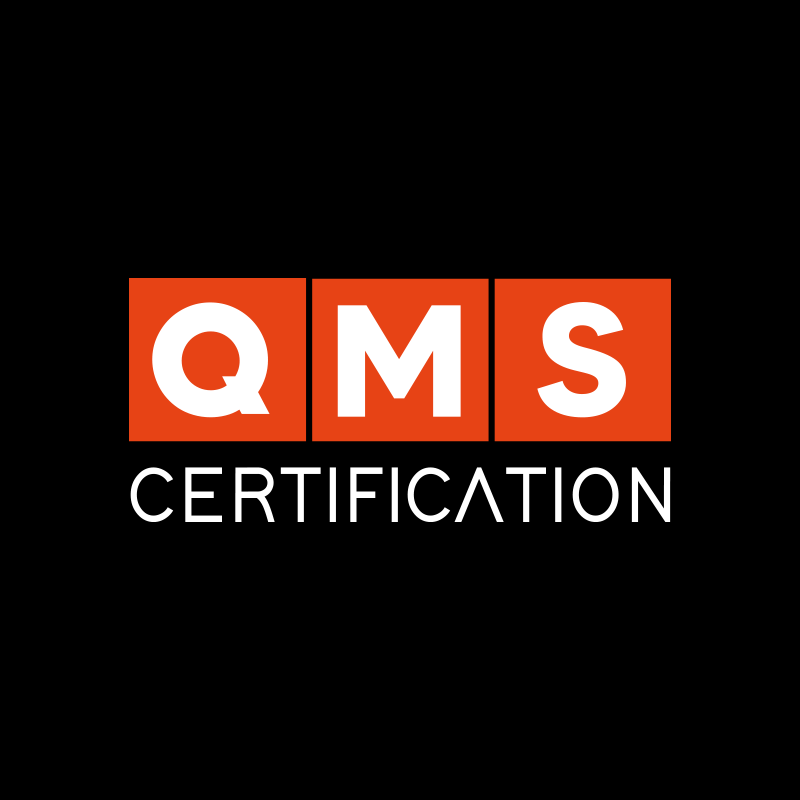Expanding the management system is an almost logical step. This is because once we correctly implement a standard, the good results make us want to seek additional certifications. In addition, many times customers require certifications from us, which enables us to expand our market and sell more.
Thus, having a good integrated management system (IMS) is an interesting strategy to improve our processes and increase the range of certifications. Good integration ensures good results, elimination of bureaucracy, and more fluidity for documents, best practices, and controls. In summary, an IMS only brings advantages.
However, implementing a second standard — and thus expanding the Management System — is not always easy. Many times, we get stuck with doubts, difficulties, or specific aspects of this process. Therefore, today we will talk about this topic and give you some tips to improve the integration of standards and achieve a good IMS. That said, let’s get to the content!
1st tip: understand your organization’s context — the starting point!
It may seem obvious, but in the rush to expand the management system to a second or third standard, we may fail to think properly about the system we already have. Thus, before thinking about adding anything, companies need to know how mature the current system is.
First, because if the QMS (ISO 9001, for example) already has well-defined processes, functional controls, and a living management culture, the next step will be much more natural. Second, because all the experience gained with the first standard will make expansion easier. Third, because the documents, controls, and routines can be adapted for the next management system, reducing work, improving integration, and eliminating bureaucracy.
Thus, it is worth performing an initial diagnosis. This can be done through internal audits or a gap analysis between the desired standards and the existing structure. This will be strategically very useful, facilitating decisions and easing the entire process! Let’s dig deeper into that!
2nd tip: identify what changes — and take advantage of what already exists!
Especially if you are implementing and integrating ISO standards, things will be much easier! This is because ISO standards share a common structure (the well-known Annex SL). This structure defines chapters that are identical or very similar (such as organizational context, leadership, planning, support, etc.). In practice, this means that you will not start from scratch.
For example, document control will work for both ISO 9001 and ISO 14001. To control new templates, you simply insert them into the system you already created for documented information. In the management of risks and opportunities, for example, new risks can be easily integrated. You simply map them and add them to your risk control system. Even if some adjustments are required, it will be far simpler than starting everything over. The keyword is integration — never duplication!
Beyond what already exists, each standard has its specific requirements, which you will need to add to the existing system. For example, ISO 14001 has specific environmental requirements (aspects, impacts, operational control, emergencies, etc.). ISO 45001 requires occupational health and safety requirements (hazard identification, risk assessment, worker consultation and participation, etc.).
Therefore, you must pay attention to managing what already exists and adding what is new. Here, for example, you can create a correlation matrix between standards, showing where there is overlap and where new requirements appear. This can help significantly, ensuring integration with what you already have and creation of what is new.
3rd tip: plan integration gradually and in a controlled way
Regardless of your maturity level, expanding the management system requires attention and care. In addition to the many activities involved, doing it incorrectly can bring several problems to the system you already have. Thus, expand the system in controlled phases, doing one thing at a time and advancing step by step. You can, for example, divide implementation into:
- Identification of requirements already met and additional ones
- Updating necessary procedures and documents
- Team training
- Creation and implementation of new processes
- Execution of integrated internal audits
- Among other necessary steps.
In addition, it is worth emphasizing that trying to implement two standards at once can and will be much more complex — especially if your company does not have a strong basis in IMS and management processes. Metaphorically, it will be like building another floor on a house or building: the foundation must be ready first! Therefore, it may be more prudent and productive to segment implementation, working with one standard at a time and ensuring a foundation capable of supporting everything.
In more “aggressive” implementations, such as a three-standard IMS, it may be helpful to seek support. Using management software can greatly facilitate integration, making it more accurate. Likewise, in these cases, it may be interesting to count on good external consultants. They already know the “lay of the land” and will help a lot. In any case, the more standards, the greater the challenges!
The next step in the evolution of your management system — and your company!
To conclude, it is worth emphasizing how expanding the management system to more than one ISO standard is a strategic decision that demonstrates maturity and long-term vision. After all, beyond meeting requirements, it is about strengthening governance, increasing process efficiency, and aligning the organization with international performance standards!
Moreover, the integration between standards — through the IMS — reduces redundancies, improves communication between areas, and turns the system into a truly useful management tool, not just a collection of documents. When well executed, the process increases the company’s credibility in the market, raises its level of control over risks, and ensures better results. In other words, a good IMS brings profit, safety, and sustainability in the medium and long term!
Therefore, the secret lies in planning with method, involving the right people, and using the technological resources available to simplify the path. With each integrated standard, the system becomes more robust, coherent, and ready to support the organization’s growth with quality, safety, and responsibility. And all of this helps elevate management standards and prepare companies to compete on another level!










